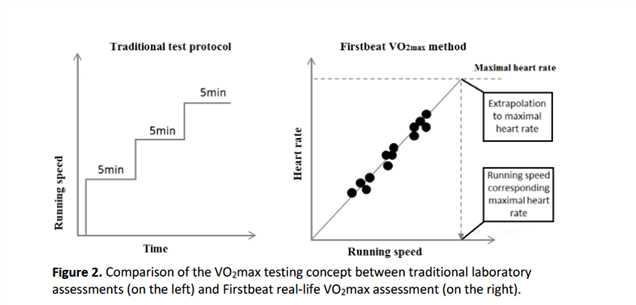Can someone explain how the lte figures out its race prediction? It says I can do a 31:17 5k while my best 5k of the year is only a bit under 38. I am 75 years. Garmin says my max O2 is 36 and my fitness age is 61.5.I run 6-7 days aweek. Unless I aam racing a 5k ?(around 12:20 pace) my runs are around 4 miles at around a 14:00 pace. My ahr tens to be between 100- 113.



